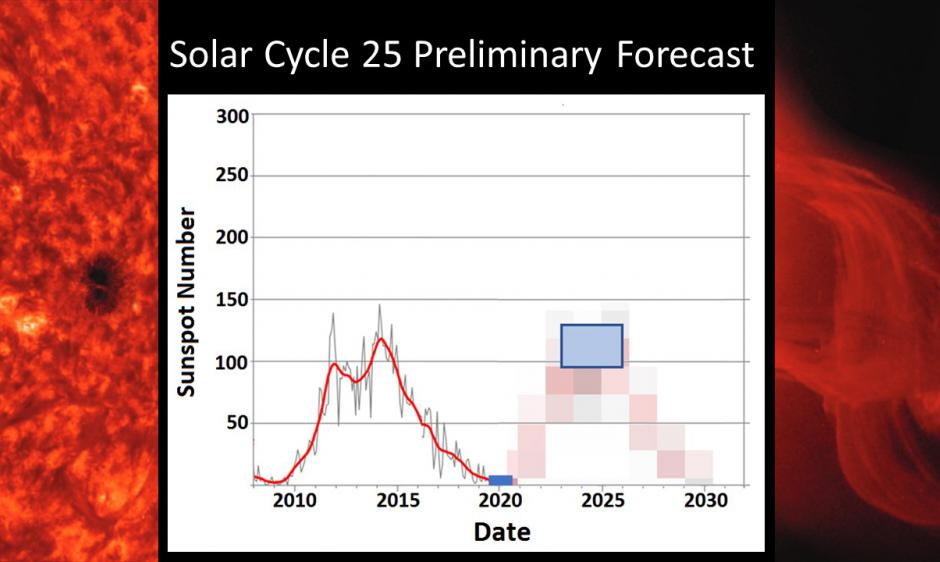On July 23, 2012 the sun fired off a Coronal Mass Ejection (CME) with the energy of, or even larger than, the Carrington Event of 1859.
Here's NASA in July 2014 marking the two year anniversary:
Near Miss: The Solar Superstorm of July 2012
July 23, 2014: If an asteroid big enough to knock modern civilization back to the 18th century appeared out of deep space and buzzed the Earth-Moon system, the near-miss would be instant worldwide headline news.The NASA article refers to a National Academy of Sciences estimate of ~$2 trillion in economic damages. More accurately the 2009 NAS piece references another report, this one from contractor Metatech Corporation: the relevant quote is:
Two years ago, Earth experienced a close shave just as perilous, but most newspapers didn't mention it. The "impactor" was an extreme solar storm, the most powerful in as much as 150+ years.
"If it had hit, we would still be picking up the pieces," says Daniel Baker of the University of Colorado.
Baker, along with colleagues from NASA and other universities, published a seminal study of the storm in the December 2013 issue of the journal Space Weather. Their paper, entitled "A major solar eruptive event in July 2012," describes how a powerful coronal mass ejection (CME) tore through Earth orbit on July 23, 2012. Fortunately Earth wasn't there. Instead, the storm cloud hit the STEREO-A spacecraft.
"I have come away from our recent studies more convinced than ever that Earth and its inhabitants were incredibly fortunate that the 2012 eruption happened when it did," says Baker. "If the eruption had occurred only one week earlier, Earth would have been in the line of fire....MORE
"According to an estimate by the Metatech Corporation, the total cost of a long-term, wide-area blackout caused by an extreme space weather event could be as much as $1 trillion to $2 trillion during the first year, with full recovery requir-ing 4 to 10 years depending on the extent of the damage. (For comparison, the total cost for the United States of the August 2003 blackout—a major non-space-weather-related blackout that affected 50 million people in the northeastern United States and Ontario—is estimated to have been between $4 billion and $10 billion."More recently (2013), Lloyds reported in "Solar storm Risk to the north American electric grid"
"The total U.S. population at risk of extended power outage from a Carrington-level storm is between 20-40 million, with durations of 16 days to 1-2 years. The duration of outages will depend largely on the availability of spare replacement transformers. If new transformers need to be ordered, the lead-time is likely to be a minimum of five months. The total economic cost for such a scenario is estimated at $0.6-2.6 trillion USD (see Appendix)."One might think the larger estimate is because Lloyds is talking their book but these numbers are so big they are uninsurable.
The good news is solar storms tend to happen during periods of high solar activity (proxied for us morons by the number of sunspots) and we are currently approaching solar minimum for this cycle, probably by the end of this year or early 2020.
The bad news is the energetic upswing of solar cycle 25 is set to begin and we haven't done all that much to harden the grid and the the probability of such events is surprisingly high.
Going back to the NASA article:
"In February 2014, physicist Pete Riley of Predictive Science Inc. published a paper in Space Weather entitled "On the probability of occurrence of extreme space weather events." In it, he analyzed records of solar storms going back 50+ years. By extrapolating the frequency of ordinary storms to the extreme, he calculated the odds that a Carrington-class storm would hit Earth in the next ten years.And just to make things interesting, although the giant CME's tend to occur near solar cycle peaks, they can occur at any time.
The answer: 12%."
Here's NASA's Preliminary Solar Cycle 25 forecast released five days ago:
Solar Cycle 25 Preliminary Forecast

published: Friday, April 05, 2019 19:45 UTC
The NOAA/NASA co-chaired international panel to forecast Solar Cycle 25 released a preliminary forecast for Solar Cycle 25 on April 5, 2019. The consensus: Cycle 25 will be similar in size to cycle 24. It is expected that sunspot maximum will occur no earlier than the year 2023 and no later than 2026 with a minimum peak sunspot number of 95 and a maximum of 130. In addition, the panel expects the end of Cycle 24 and start of Cycle 25 to occur no earlier than July, 2019, and no later than September, 2020. The panel hopes to release a final, detailed forecast for Cycle 25 by the end of 2019. Please read the official NOAA press release describing the international panel's forecast at https://www.weather.gov/news/190504-sun-activity-in-solar-cycle